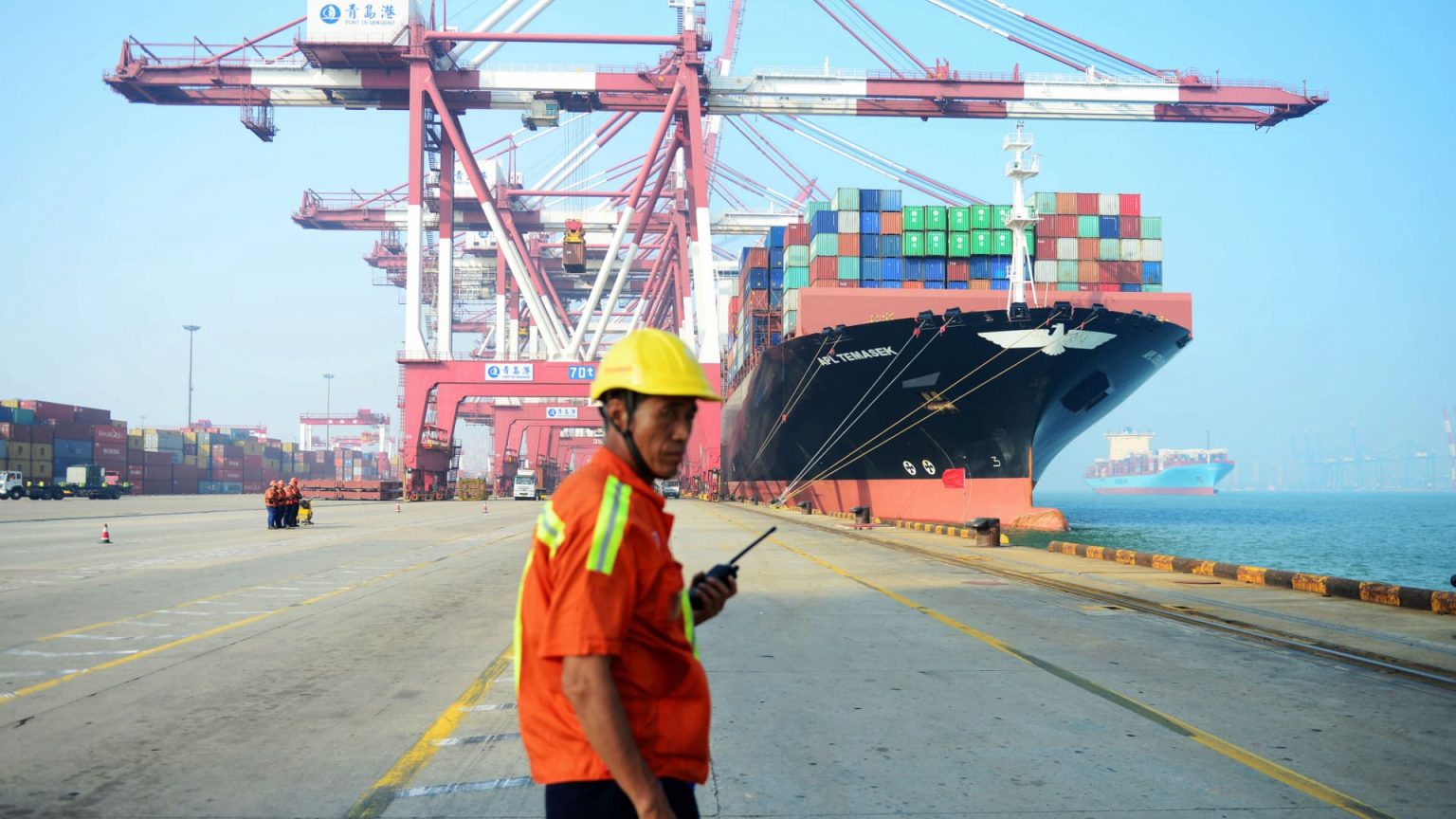A perfect storm in global trade is causing a container capacity crunch and a spike in ocean freight rates. The combination of peak shipping season, longer routes due to the Red Sea situation, and bad weather in Asia are disrupting trade flow on key routes. Ocean carriers are skipping ports, decreasing time at port, and not picking up empty containers to keep vessels on track, impacting supply chain costs and leading to increased rates.
Xeneta ocean freight rates show that spot rates have been spiking, with the spread between spot and long-term rates widening. Capacity forecasts by logistics experts have fallen short, as vessel space on various trade lanes is insufficient to meet market demand, resulting in space constraints and equipment shortages. The longer routes, longer transit times, and bad weather in East Asia have further delayed operations, leading to carriers skipping some port calls and not bringing back empty containers.
A fear of new supply chain cost records and a shortage of containers has led to a further increase in ocean freight rates. The recent soaring rates come on the heels of a previous high earlier in the year, with logistics providers warning shippers about the container shortage. Customers are being advised to arrange empty container pick-ups early to secure space. Carriers are implementing new rates and charges, with a new round of general rate increases set for June 1. The situation is reminiscent of the chaos during the Covid-19 pandemic when capacity was limited, pushing some freight forwarders to premium rates.
The delays and shortages caused by the container crunch, longer transits, and adverse weather conditions are impacting logistics managers who are now pulling forward peak season shipments for the holidays and back-to-school season. Late arrivals could mean products being sold at a discount, prompting companies to ensure timely arrival of seasonal goods. The International Longshoremen’s Association and the United States Maritime Alliance are in negotiations for a new contract as the current one is set to expire in September. With no agreements reached yet, the potential for labor disruptions adds to the challenges facing supply chain managers.
The current market trend and space situation are expected to continue through June, with the U.S. consumer economy remaining healthy and retailers stocking up to meet demand. Blank sailings and cancellations are adding to the pressure on freight rates, with carriers having the ability to manipulate capacity. The situation is exacerbated by the re-routing of ships around the Horn of Africa, leading to more pressure on rising rates. Despite the challenges, the back-to-school and holiday seasons are expected to see continued demand, further straining an already stretched thin vessel capacity market. Logistics managers are bracing for continued disruptions and increasing costs in the coming months.


